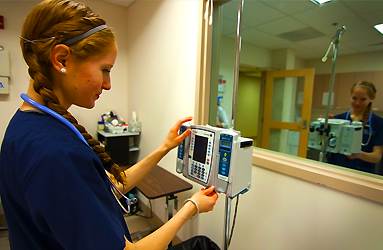Attention A T users. To access the menus on this page please perform the following steps.
1. Please switch auto forms mode to off.
2. Hit enter to expand a main menu option (Health, Benefits, etc).
3. To enter and activate the submenu links, hit the down arrow.
You will now be able to tab or arrow up or down through the submenu options to access/activate the submenu links.
Locator
Contact
Search
VA »
Health Care »
National Center for Rehabilitative Auditory Research (NCRAR)
»
»
Ototoxicity Monitoring Guidelines
National Center for Rehabilitative Auditory Research (NCRAR)
Ototoxicity Monitoring Guidelines
What are the current guidelines for ototoxic monitoring?
- Young adults or children treated with platinum-based drugs are more susceptible to hearing loss, especially those with head or neck radiation. Identifies who is at risk and how they should be monitored
For more information about how to interpret these guidelines, refer to this helpful article: Applying U.S. national guidelines for ototoxicity monitoring in adult patients: Perspectives on patient populations, service gaps, barriers and solutions.



















